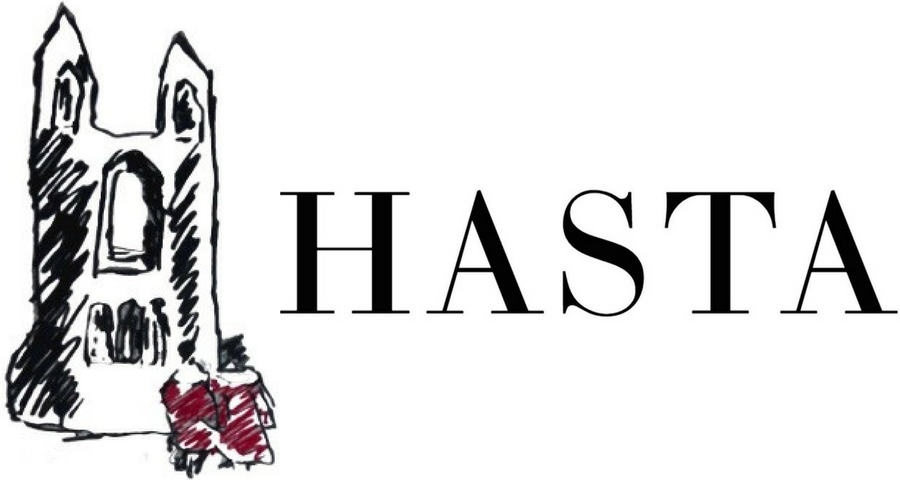Vivian Suter's Disco at the MAAT
By Grayson Brewer
In a temporary exhibition at the Museum of Art, Architecture and Technology (MAAT) in Lisbon, Argentine-Swiss artist Vivian Suter (b.1949) presented over 500 paintings, including 163 works exhibited for the first time.
Born in Buenos Aires, Argentina and educated in Basel, Switzerland, Suter embarked on a solo trip to visit the archaeological sites of Mesoamerica in 1982. There, she stumbled upon Panajachel, on the shores of Lake Atitlan, a small Guatemalan town predominantly inhabited by the indigenous Kaqchikel. She decided to leave behind Switzerland’s glitzy art world and settle in Panajachel. Her two studios on the property are open-air wooden structures that aim to bridge the indoors and outdoors, blending in seamlessly with the surrounding lush rainforest.
Figure 1. Storage and working spaces in the two studios that Suter has built in the Guatemalan rainforest, Photo © Flavio Karrer, Courtesy of Tate.
In Panajachel, Vivian Suter’s work took a new direction. She began working with untreated canvas, and creating abstract works inspired by the vibrant vegetation and tropical birds in her surrounding environment. In her work, Suter explores the interplay between man and nature. Each of her paintings reflects the environmental conditions in which it was created. Suter notes that the light, wind, noises from birds, dogs barking, thunder, distant music from folk festivals, and voices all influence her work and all find their way into her paintings in some way. These environmental imprints manifest themselves in her paintings, whether it be paw prints from her dogs on the canvas or botanical matter encased within thick layers of paint. Discussing her paintings, Suter explains ‘I want to keep them as near as possible to my surroundings, and put them, in that moment, into the painting.’ Her work is the result of a physical and emotional relationship with the materials and contingencies of nature in the environment in which she lives and works, embracing the spontaneity of nature to alter shape and transform each canvas.
MAAT’s curatorial text accompanying the exhibition makes the statement that in Panajachel, she found a setting in which she could pursue an experimental, solitary, and obsessive practice, that was free from hierarchy and preconceptions. This narrative seems to strike some parallels with writer Virginia Woolf’s idea in A Room of One's Own, that women need a space free from the obligations placed upon women in society to explore their creative potential. At the same time, however, it risks simplifying Suter’s story. It overlooks the complexities of her personal life, including her experiences of marriage and motherhood, as well as her consistent connection to the Basel art scene, which remained an important part of her artistic network throughout her career.
Figure 2. Disco installation at MAAT, Lisbon. Image courtesy of author.
In Disco, nonetheless, the overarching theme is Suter’s emotional relationship with her environment, and the interaction between art and the elements. The vast scale of the exhibition almost feels like entering the forest in which the works were painted. Visitors descend a circular ramp into a round space in which the paintings cover the walls almost entirely, creating an immersive experience for the viewer. Additional paintings are hung from the ceiling, draped on the ground, and displayed on racks reminiscent of the storage spaces in her studio. Pieces are displayed both vertically and horizontally, and many of them overlap each other. All works are untitled and undated, although Vivian Suter claims that they have been painted within the last ten years. In addition to the environmental imprint seen in many of her works, she uses a variety of unique materials including pigments mixed with fish glue. Suter’s unique methods of display, materials, and connection to nature allude to her interest in dismantling the hierarchy associated with painting as a medium.
Figure 3. View of Disco Installation, MAAT, Lisbon. Image Courtesy of Author.
The exhibition’s title, Disco, is named after one of the artist’s beloved dogs. As Vivian Suter reflects, ‘Nothing I have worked on as an artist would make sense without this place, without these trees, without the leaves, without my dogs who follow me wherever I go.’ Disco serves as testament to her pets’ emotional and tangible influence in her work, as well as the profound interconnectedness between her environment and her creative practice. The exhibition celebrates the unpredictability of nature, with the works exposed to wind, rain, sun, and debris for weeks at a time, all of which leave tangible traces on her canvases and in the very process of her making.
Although Disco ended at MAAT on the 17th of March, the exhibition will travel to the Palais de Tokyo in the summer of 2025, as a result of the collaboration between the two institutions.



